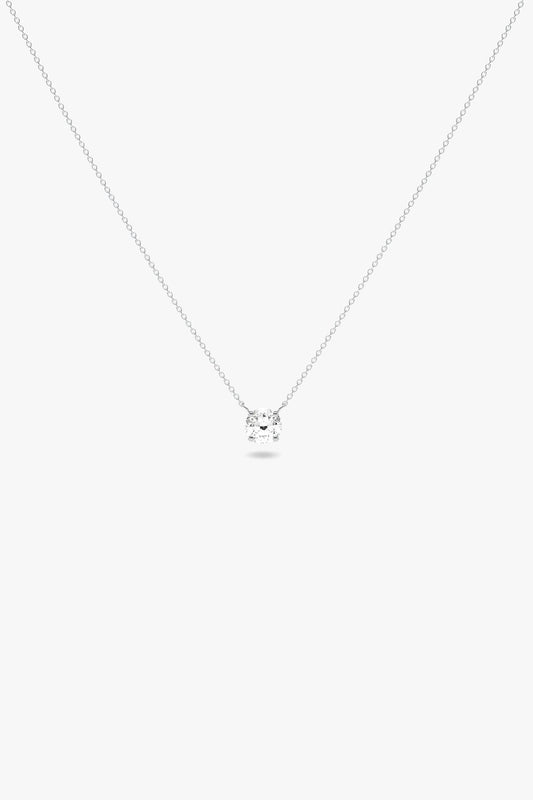If we mention labour exploitation, including that of children, hard working conditions in mines, the wounds and deaths caused, the families forced to flee their homes… It is easy to forget that we are not talking about the 1850s, but about the 21st century. Despite the huge technological progress and other advances in human rights, the situation has not changed as much as we think.
About the workers
With the working conditions already being inhumane for adults, the sad reality is that they are even worse for children.
Distinctions must be drawn between these two ways of violating children’s rights (1): child labour and child exploitation. Child labour is born from the necessity some families have of having another source of income, making their minor children work in order to survive. Child exploitation consists of the forced work of children, perpetrated by their own families or the people responsible for the industries in which it takes place. However, this distinction remains insignificant when both violations appear in the mining sector.
If everything is resolved, why are 4 out of 10 children victims of child labour in Democratic Republic of Congo’s diamond mines? (2) Why are more than half of the children under the age of 14 in Cameroon subjected to exploitation in gold mines? (3)
Political and armed conflicts continue
In Sierra Leone, the civil war, triggered by the smuggling of blood diamonds, was still going on at the beginning of our century. It is estimated that the conflicts derived from blood diamonds have taken the lives of around 3.7 million people (4).
Nowadays, Afghanistan’s lapis lazuli extraction is one of the main sources of income for armed insurgent groups (5): half of the benefits obtained from this activity reach the hands of the leaders of these organisations. With that not being enough, several customs and strategic points on roads are controlled by the same groups, applying exorbitant tolls to the lorries that transport this mineral, in another form of financiation and corruption (6).

Our planet has not stopped suffering
Humans are not the only ones suffering the consequences of mining: the Earth is paying the price too. Mining is one of the most detrimental practices towards the environment, as it affects all of its areas: apart from the erosion and the deforestation of vast territories, the machinery used for this purpose emits enormous quantities of greenhouse gases, which contribute directly to global warming. There are also many rivers and lakes contaminated by the mining industry.
Families are displaced not only when an area must be evicted to create a mine, but also due to the appalling environmental conditions that leave a place uninhabitable and the armed conflicts that arise
What can we do?
The direct damage mining causes is enormous, and the indirect damage doubles. Even if we try to mine “sustainably”, the truth is that it is not possible: no practice where the Earth suffers can be sustainable.
The number of brands that support ethical luxury is increasing by the day. In spite of trying to put the focus of responsibility on the consumer, it is the industry that must bring about the change. The more support green businesses have, the more encouraged will be the rest to move into a sustainable way of acting.
Pure and marked values define us. We must trust those who give us reasons to. In David Locco Diamonds, we provide our grain of sand by creating jewellery that only uses lab-created sustainable diamonds and recycled gold and silver.
Change begins when you join it.
Sources
- Save the Children: https://www.savethechildren.es/trabajo-ong/pobreza-infantil/pobreza-y-explotacion-infantil
- United Nations: https://news.un.org/es/audio/2013/03/1400361#:~:text=Las%20tierras%20de%20la%20Rep%C3%BAblica,es%20v%C3%ADctima% 20of%20child%20work
- El País : https://elpais.com/planeta-futuro/2021-11-13/amina-de-13-anos-trabajo-en-una-mina-illegal-de-oro.html#:~:text= The%20%C3%BAlast%2C%20collected%20by%20the,some%C3%BAn%20type%20of%20exploitation%C3%B3n%20labor
- Amnesty International: https://www.es.amnesty.org/actua/acciones/diamantes-sangrentados/#:~:text=Se%20calcula%20que%20in%20Angola,3%2C7%20millones%20de%20people
- La Vanguardia: https://www.lavanguardia.com/internacional/20160607/402342471904/lapislazuli-afganistan-talibanes.html
- Global Witness: https://tile.loc.gov/storage-services/service/gdc/gdcovop/2018306220/2018306220.pdf













